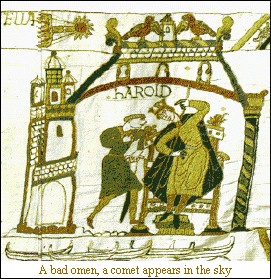
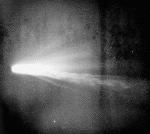
Although there is no direct connection between typical celestial events and the affairs of humans, our superstitions have resulted in many dramatic consequences.
 |
Possibly the most famous visit of Halley's Comet came in 1066 when it appeared in the sky near Easter when the Normans invaded England. The Bayeux Tapestry, an embroidery recording the events of the invasion and the eventual Battle of Hastings, featured the comet, shown in the top left-hand corner in the picture on the left. The comet, described at the time as, "the comet-star", was seen as a bad omen. In the tapestry, an attendant tells King Harold, who unrightfully claimed the English throne, of the appearance of the comet. It was believed that the comet was a sign of God's wrath at Harold, and would prove to be unlucky for him as the empty boats at the bottom of the image would return with William's fleet to remove Harold from the throne and claim it for himself. Harold was killed by an arrow in his right eye in the Battle of Hastings in September/October that year. http://members.aol.com/_ht_a/bobalien99/cometshal.htm |  |
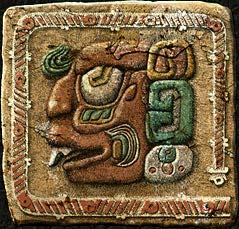 |
The planet Venus was particularly significant to the Maya; the important god Quetzalcoatl, for example, is identified with Venus. The Dresden Codex, one of four surviving Maya chronicles, contains an extensive tabulation of the appearances of Venus, and was used to predict the future. The Maya also went to war by the sky, again triggered by the planet Venus. Venus war regalia is seen on stelae and other carvings, and raids and captures were timed by appearances of Venus, particularly as an evening "star". Warfare related to the movements of Venus was, in fact, well established throughout Mesoamerica. http://www.civilization.ca/civil/maya/mmc07eng.html, http://www.mesoweb.com/misc/about/logo03.html, http://www.geocities.com/canberrasky/pages/venus.html | 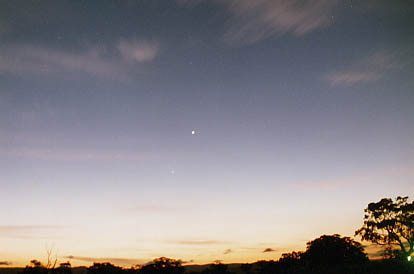 |
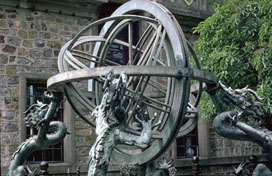 |
In the second year of the reign of the Zhong-ping Emperor [of China], 10th month, day kuei hai, a guest star appeared within the Southern Gate [constellation] [Supernova 185 AD is the probable identification, whose remnant is shown to the right.] It was as large as half a mat. It showed the five colors and it was happy-angry [it scintillated]. It gradually became smaller and disappeared in the 6th month of the second year after. According to the standard prognostication this means insurrection. When we come to the 6th year, the governer of the Yuan-shou region punished and eliminated the middle officials. WuGuang attacked and killed HeMiao, the general of chariots and cavalry, and several thousand people were killed. http://cosmos.colorado.edu/astr1120/l6S7.htm, http://www.bergerfoundation.ch/index.html | 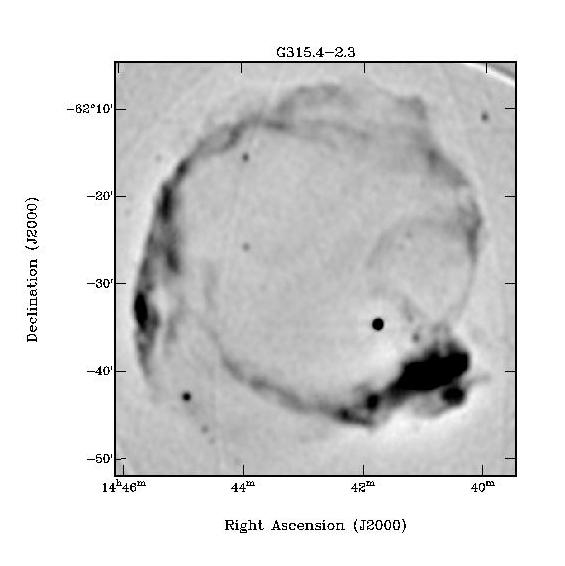 |
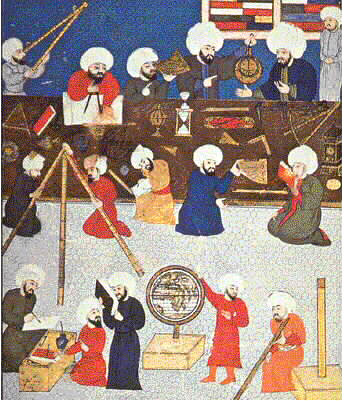 |
Ali ibn Ridwan: "I will now describe a spectacle [supernova 1006]
which I saw at the beginning of my studies. This spectacle appeared in the zodiacal sign
Scorpio, in opposition to the Sun. The sun on that day was 15 degrees in Taurus and the
spectacle in the 15th degree of Scorpio. This spectacle was a large circular body, 2 1/2
to 3 times as large as Venus. The sky was shining because of its light. The intensity of
its light was a little more than a quarter of that of moonlight. It remained where it was
and it moved daily with its zodiacal sign until the Sun was in sextile with it in Virgo,
when it disappeared at once. ... Because the zodiacal sign Scorpio is a bad omen for the Islamic religion, they bitterly fought each other in great wars and many of their great countries were destroyed. Also many incidents happened to the king of the two holy cities [Mecca and Medina]. Drought, increase of prices and famine occurred, and countless thousands died by the sword as well as from famine and pestilence. At the time when the spectacle appeared, calamity and destruction occurred which lasted for many years afterwards." http://cosmos.colorado.edu/astr1120/l6S7.htm, http://www.star.le.ac.uk/research/sn1006.html |
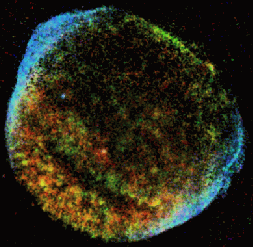 |